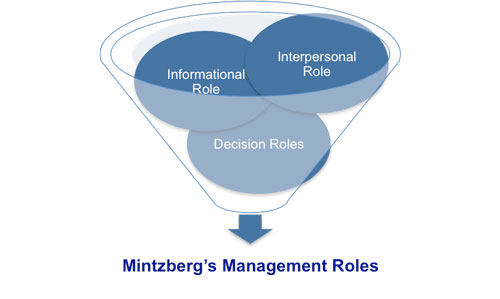REASON BEHIND THE DIFFERENCE BETWEEN NET INCOME AND CASH FROM OPERATING ACTIVITIES IN CASH FLOW STATEMENT
Reason behind the difference between net income and cash from operating activities Cash flow statement is a part of a set of financial statement and prepared along with balance sheet and income statement to report the cash inflow and outflow within the organization in an accounting period. Cash flow is of vital importance to the health of a business. One saying is: “revenue is vanity, cash flow is sanity, but cash is king”. What this means is that whilst it may look better to have large inflows of revenue from sales, the most important focus for a business is cash flow. Net income can be expressed in following equation. Net income= Revenue – Expenditure When there is high net income in given current year refers to high amount of profit of the organization. On the other hand, Cash flow from operating activities= Ending cash balance - Cash flow from investing activities - Cash flow from financing activities When there is the result of excess of operating cash infl

